The Silent Force Behind Modern Healthcare
Imagine visiting a clinic with a minor complaint—perhaps a lingering cough or unexplained fatigue. Your doctor orders a series of tests, and days later, results arrive: a blood panel, a urinalysis, or even a genetic test. These results shape your diagnosis and treatment plan, yet few consider the intricate science behind them. This is the realm of Laboratory Medicine, the unseen force driving modern healthcare.
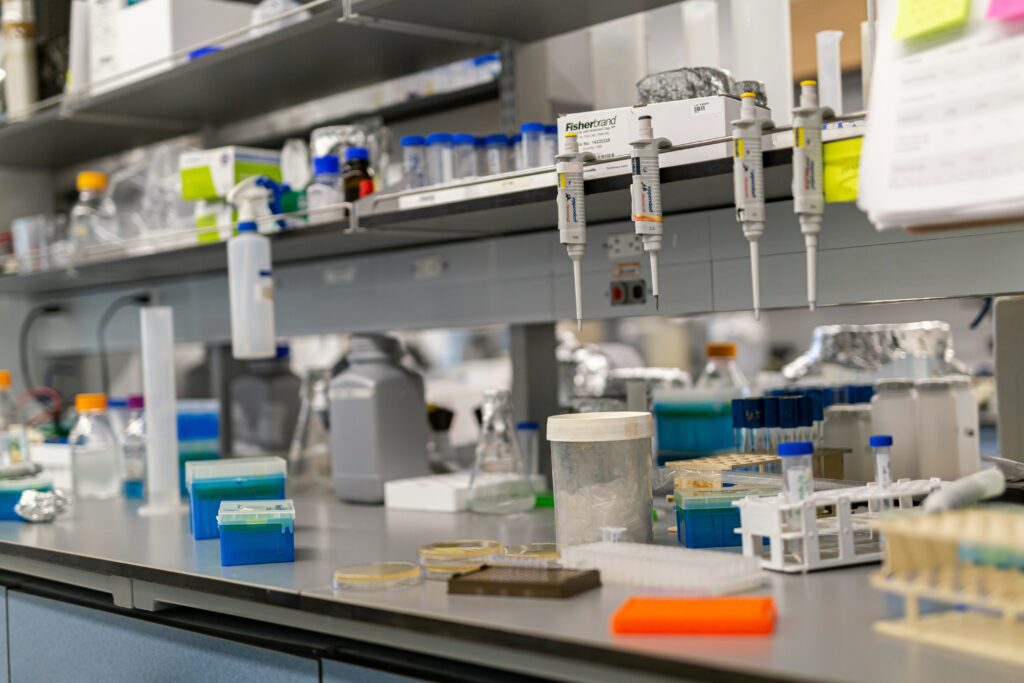
What is Laboratory Medicine?
Laboratory Medicine involves analyzing bodily fluids, tissues, and other samples to diagnose, treat, and prevent diseases. It bridges symptoms and diagnosis, providing objective data that guides clinical decisions. From routine blood tests to advanced genetic analyses, it transforms biological data into actionable medical insights.
A Brief History
Laboratory Medicine dates back centuries. Hippocrates observed urine for disease clues, but the field truly evolved in the 19th century with the advent of the microscope. The 20th century saw hospitals integrating laboratories, leading to sophisticated tests like blood glucose monitoring and bacterial cultures—now staples of modern medicine.
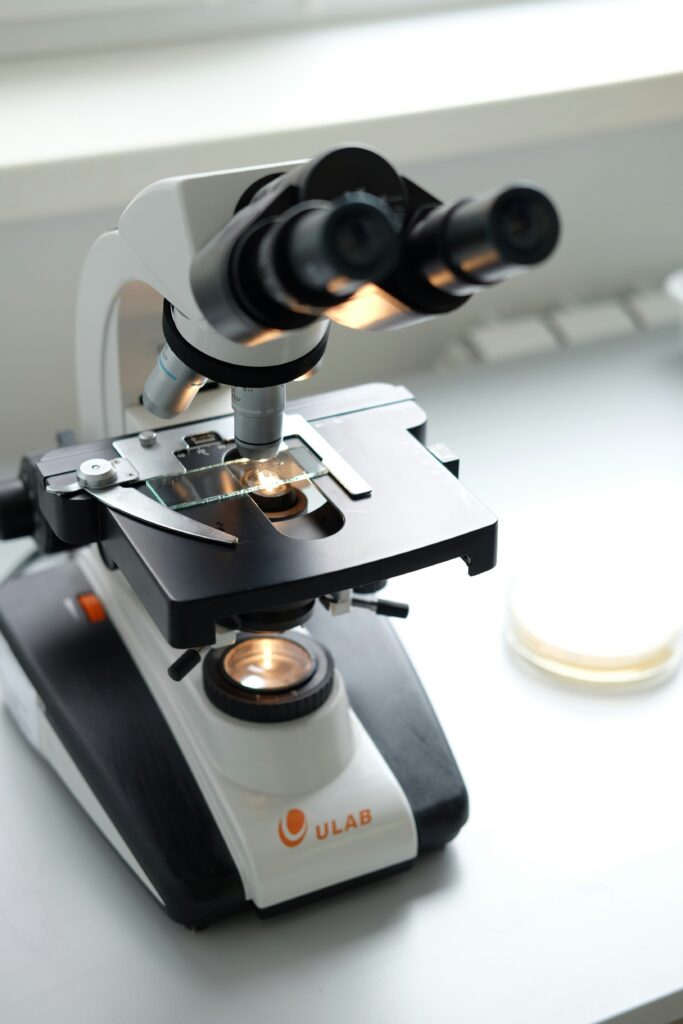
The Role of Laboratory Medicine
Laboratory Medicine is crucial at every stage of healthcare, from preventive screenings to chronic disease management and emergency diagnostics.
1. Diagnostic Testing: The Backbone of Clinical Decisions
Laboratory tests confirm, rule out, or refine diagnoses. A cardiac enzyme test can determine if chest pain signals a heart attack, while a throat swab confirms strep throat. Often, lab results provide the first indication of a disease before symptoms become apparent, such as detecting leukemia through abnormal white blood cell counts.
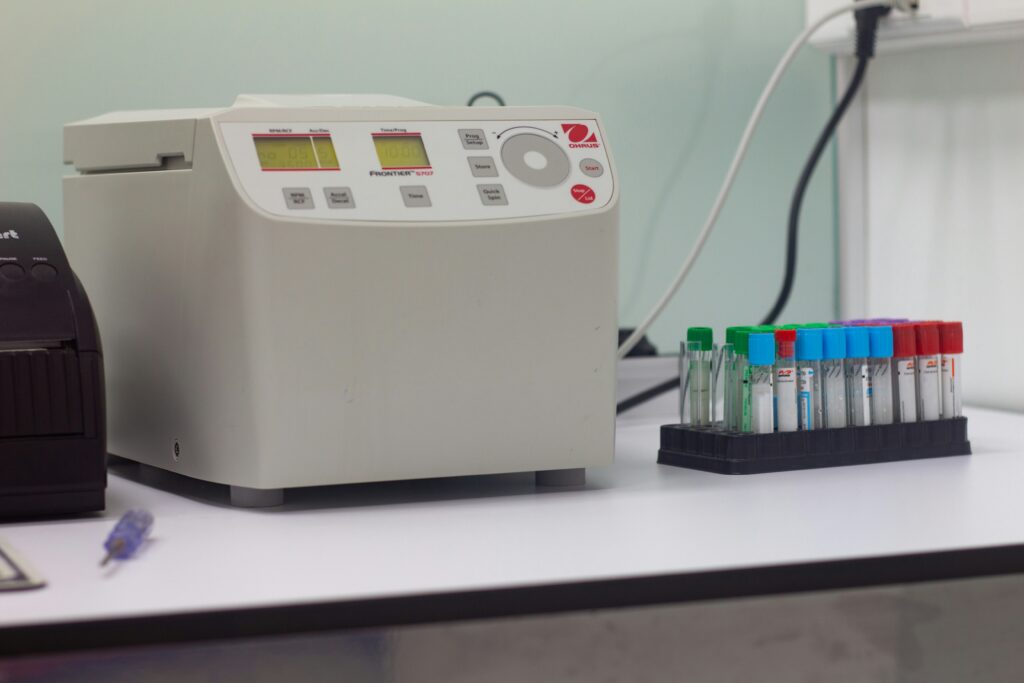
2. Managing Chronic Conditions
For patients with chronic diseases, lab tests guide treatment decisions. Diabetics rely on HbA1c tests to monitor glucose control, while kidney disease patients need creatinine and blood urea nitrogen (BUN) tests to assess disease progression. Such monitoring helps prevent complications and adjust treatment strategies in real time.
3. Early Disease Detection Through Screening
Screening tests catch diseases before symptoms appear, allowing for timely intervention. Pap smears detect cervical cancer, PSA tests screen for prostate cancer, and fasting glucose tests identify prediabetes. Regular screenings significantly improve treatment success rates and patient outcomes.
4. Laboratory Medicine in Precision Medicine
Precision medicine tailors treatment to individual genetic profiles, and Laboratory Medicine is at its core. Genetic testing identifies mutations in cancer cells, enabling targeted therapies. Pharmacogenomics helps select the best medications based on genetic makeup, minimizing adverse effects and maximizing effectiveness. For instance, breast cancer patients with HER2 gene mutations benefit from targeted treatments like trastuzumab.
Key Techniques in Laboratory Medicine
Laboratory Medicine employs a range of techniques, from traditional biochemical assays to cutting-edge molecular diagnostics.
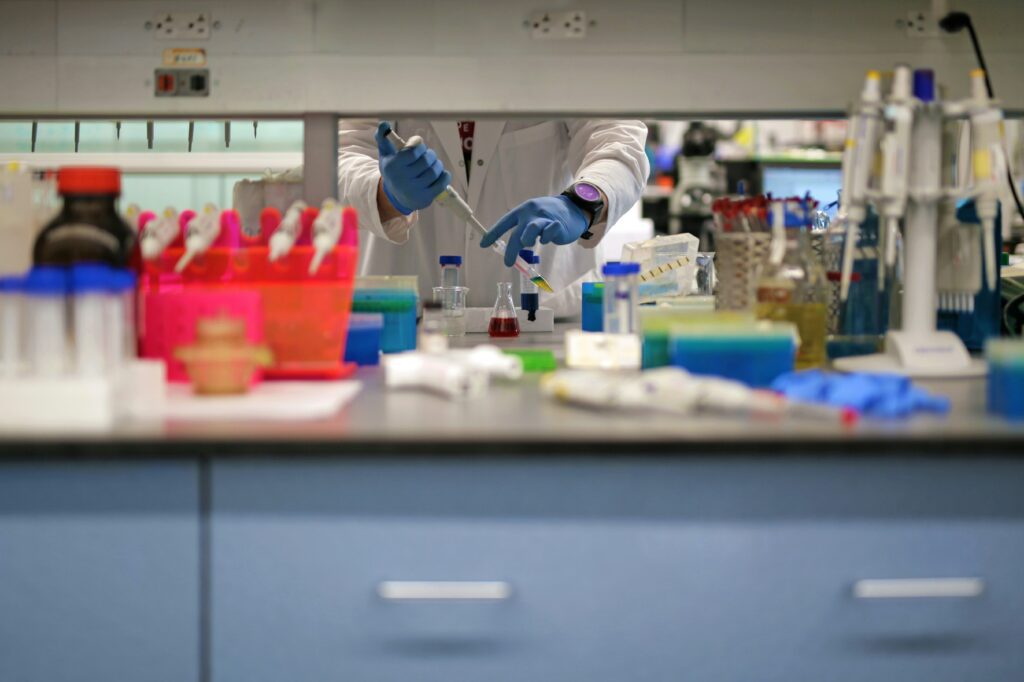
Biochemical Assays
These tests measure specific substances in the body, such as glucose and cholesterol. Spectrophotometry, a common technique, determines concentrations by analyzing light absorption.
Immunoassays
Immunoassays detect proteins, hormones, or antibodies using highly specific antibody-based techniques. Enzyme-linked immunosorbent assay (ELISA) is widely used for detecting infections, pregnancy hormones, and autoimmune markers.
Molecular Diagnostics
Molecular techniques analyze DNA, RNA, or proteins to detect genetic mutations and infectious agents. PCR (polymerase chain reaction) amplifies small DNA or RNA samples for detection, while next-generation sequencing (NGS) allows for in-depth genetic analysis, revolutionizing cancer diagnostics.
Flow Cytometry
This technique analyzes cell properties in fluid samples, essential for diagnosing blood cancers and immune disorders. Fluorescent markers highlight cell characteristics, aiding in precise diagnosis.
Mass Spectrometry
Highly sensitive, mass spectrometry detects drug metabolites, proteins, and disease biomarkers, helping in toxicology, pharmacology, and proteomics research.
Laboratory Medicine in Action
Oncology: Revolutionizing Cancer Care
Lab tests aid in cancer detection, treatment, and monitoring. Biomarkers like CA-125 for ovarian cancer help track disease progression. Liquid biopsies, a non-invasive method, detect circulating tumor DNA, allowing early intervention and monitoring treatment response.
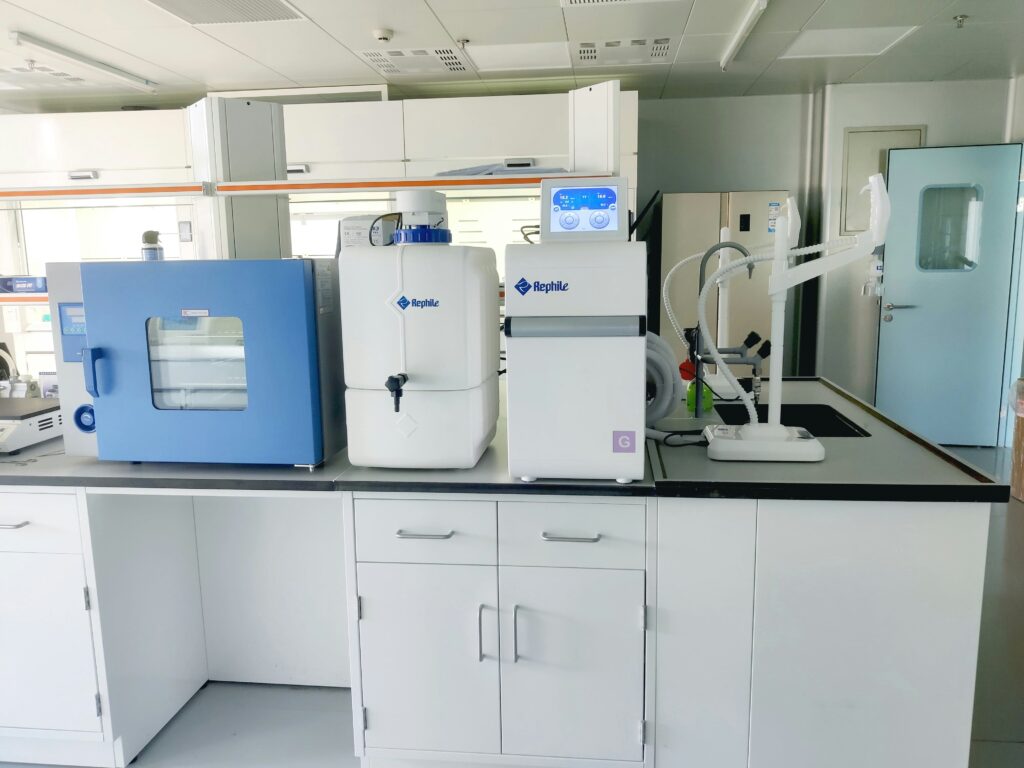
Infectious Diseases: Controlling Outbreaks
Laboratory Medicine plays a vital role in diagnosing and managing infectious diseases. PCR tests for COVID-19 became a household term during the pandemic, while antimicrobial resistance (AMR) testing helps guide antibiotic prescriptions, combatting antibiotic resistance.
Endocrinology: Balancing Hormones
Hormonal disorders like diabetes and thyroid dysfunction rely on laboratory tests for diagnosis and management. Thyroid panels and HbA1c tests are crucial for treatment adjustments and monitoring.
Challenges and Future Directions
Challenges
Maintaining accuracy is a constant challenge. Errors in sample collection, processing, or result interpretation can have significant consequences, necessitating stringent quality control. Another challenge is integrating laboratory data with electronic health records (EHRs) for seamless patient care.

Future Directions
- Point-of-Care Testing (POCT): Portable testing devices will enable faster diagnoses in emergency and remote settings.
- Artificial Intelligence (AI): AI can enhance result interpretation, identify patterns in large datasets, and improve diagnostic accuracy.
- Personalized Medicine: Expanding genomic and proteomic capabilities will refine individualized treatment approaches.
- Global Health Initiatives: Laboratory Medicine will play a key role in managing pandemics and improving diagnostic access in resource-limited regions.
The Unsung Hero of Healthcare
Laboratory Medicine remains the foundation of modern healthcare, providing the data that drives every medical decision. As technology advances, its impact will only grow, further personalizing and improving healthcare outcomes. Understanding its role not only highlights its importance but also encourages active patient participation in health management. In an era of data-driven medicine, Laboratory Medicine is the bridge between biological insights and better health.

